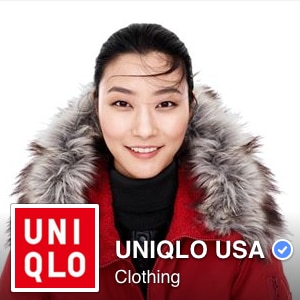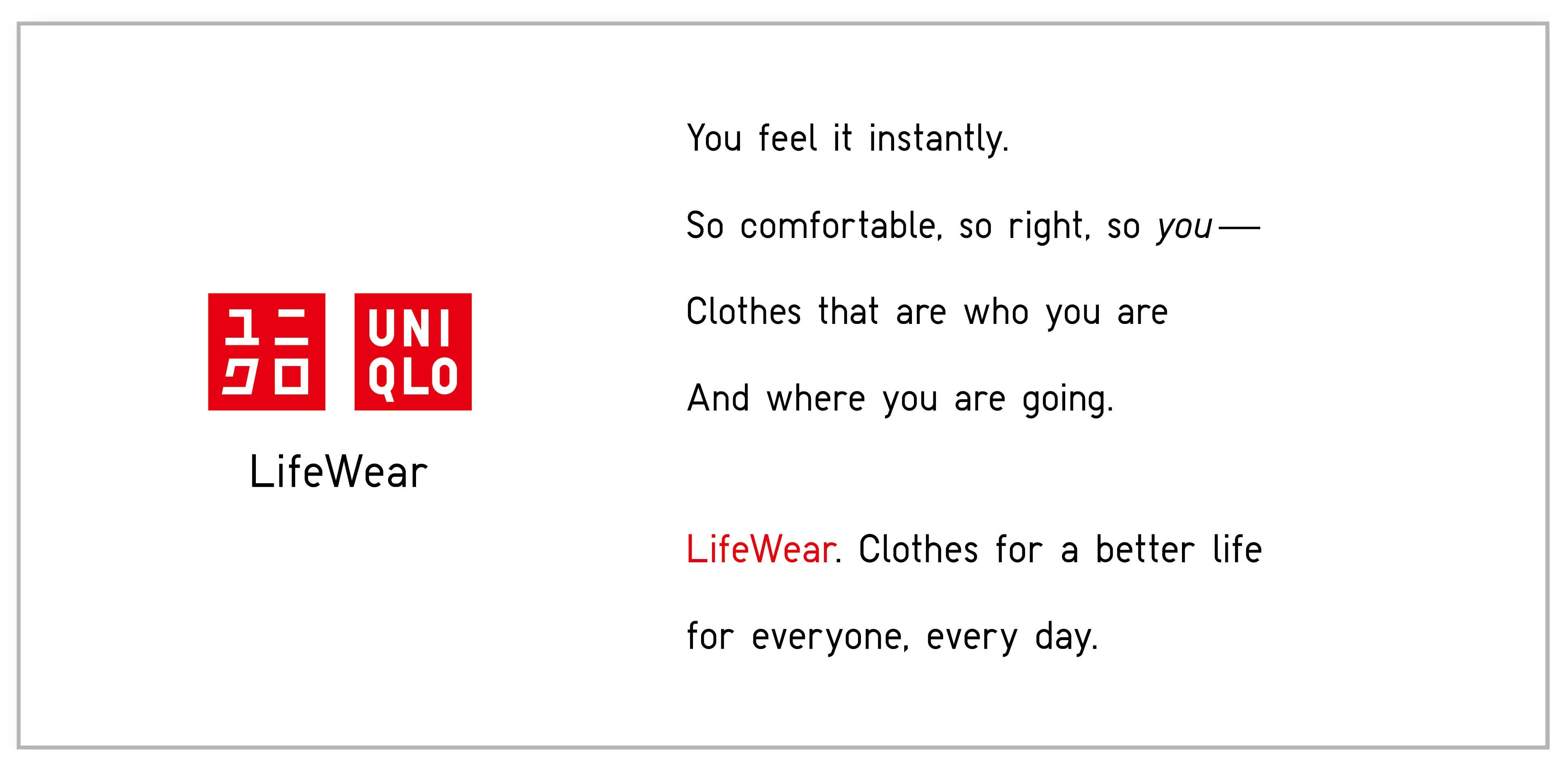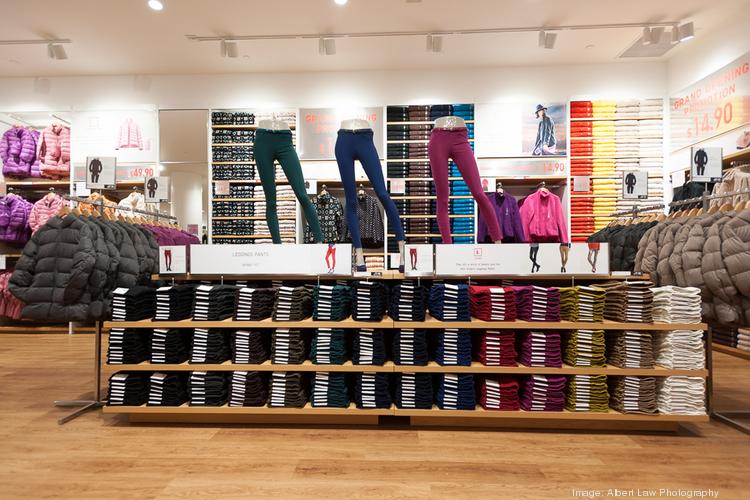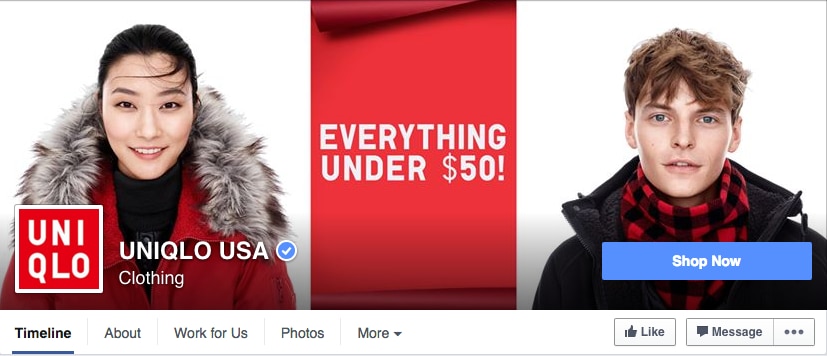Uniqlo has achieved sales revenues close to a whooping $13 billion. It is the fourth-largest specialty-apparel store in the world alongside other retail giants such as Zara, H&M and Gap. What key strategies have contributed to this Asian brand’s rising success and what can we learn from them?
Uniqlo has come a long way from its early days of operating as a suburban chain in Japan. Over a span of two decades, the company has achieved monumental growth, sealing its status as a global fashion behemoth. With over 1,400 stores in 16 markets across the world, Uniqlo has navigated its way through challenges such as Japan’s wavering economy and shrinking population, as well as unsuccessful forays into global markets. As the fourth-largest fashion retailer in the world, the company currently ranks alongside other global retail giants such as Gap, H&M and Zara.
How did Uniqlo achieve such transformative and rapid growth, evolving from a local retail chain to a global fashion market force? Let’s take a closer look.
1. Making Operations Oishii*
How does Uniqlo manage to replenish its stocks at lightning speed, often in a matter of weeks or days?
The answer lies in the company’s strategic, low-cost operational strategy. By being the first to establish the SPA (Specialty store retailer of Private label Apparel) manufacturer retailer model in Japan, Uniqlo possesses control over its product planning, design, manufacturing and distribution processes. A link is formed between its stores and suppliers - products that are sold in the store are directly translated into manufacturing orders. This process dramatically reduces a lengthy six or nine-month-long planning cycle, helping the company to gain agility as it manages to replenish stock swiftly.
*Oishii = Delicious
Mass Production Model: Massive cost savings
The adoption of a mass production model allows Uniqlo to achieve significant cost savings. Unlike other fashion retailers, the company does not offer a diverse variety of clothing following the latest runway trends. Instead, it sells a narrow selection of high-quality basics, such as jeans, undergarments, jackets and polo shirts in a plethora of colours.













